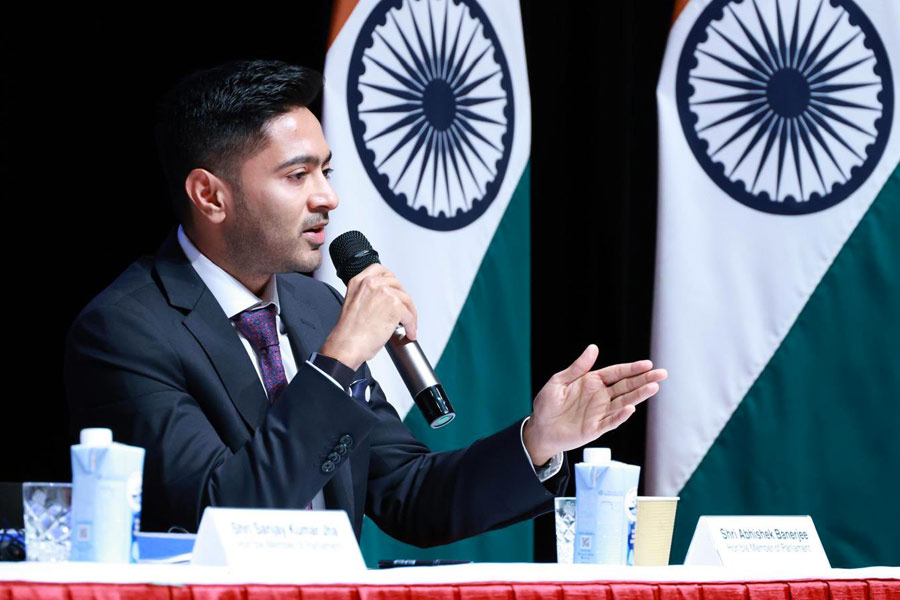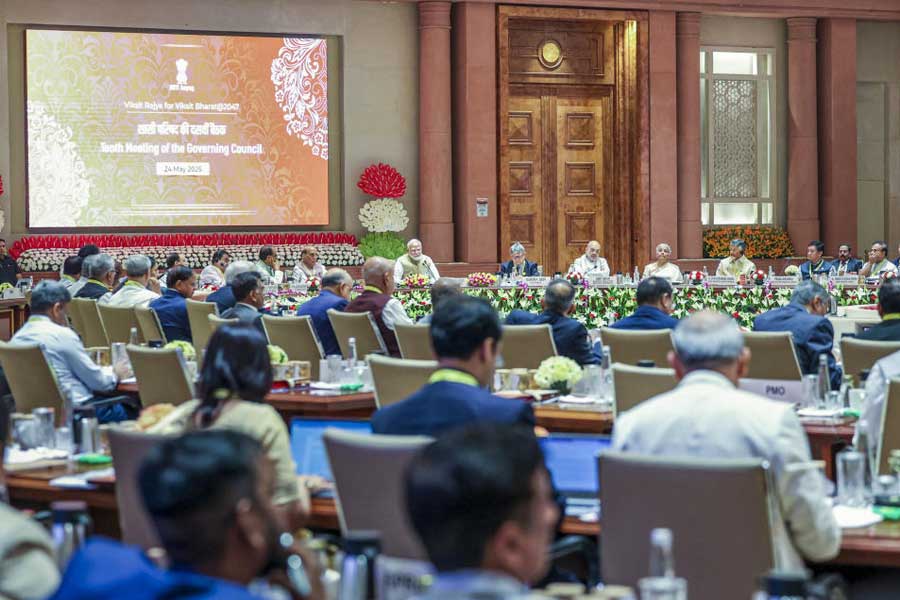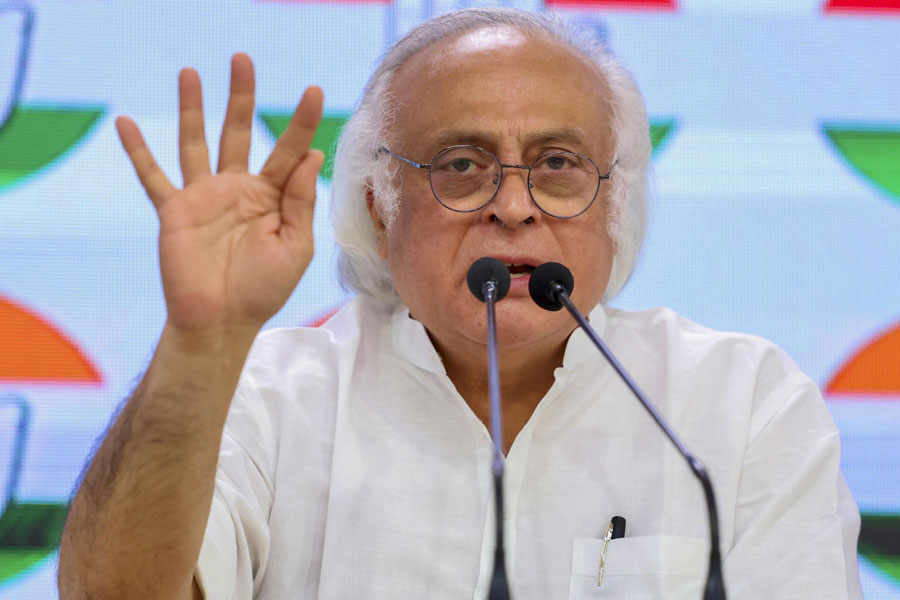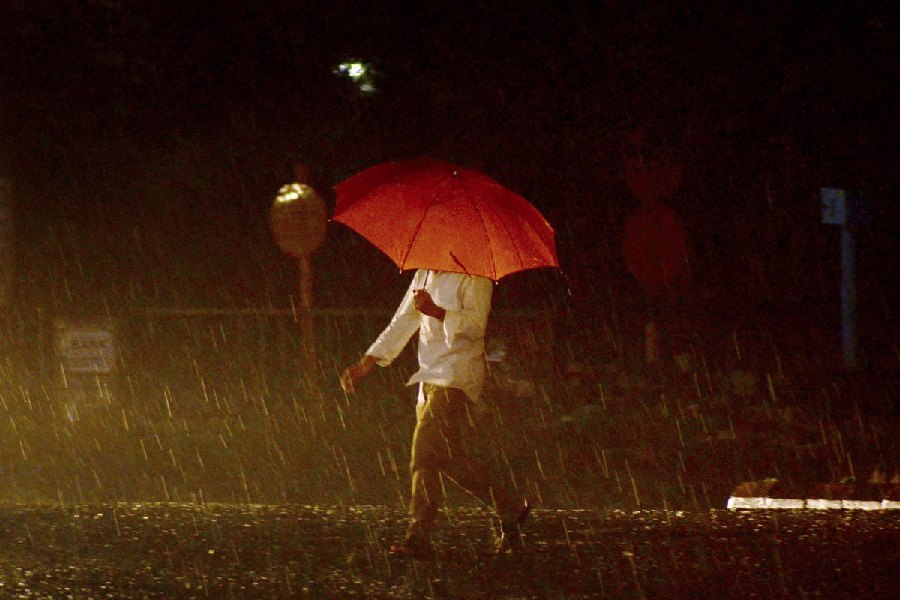 |
The term ayurvedic seems to be the latest buzzword in the world of medicine. From hair oil and toothpaste to chyawanprash and moisturisers; from balms and cough syrups to sexual potency drugs ? you name it and you have it. Most people go in for ayurvedic drugs to avoid the side effects often associated with allopathic drugs. But the time has come when it is necessary to point out that everything natural isn’t necessarily safe.
Findings abroad
In December 2004, the Journal of the American Medical Association (JAMA) published an article that said that 14 out of the 70 ayurvedic products tested were found to contain heavy metals ? lead, mercury and/or arsenic ? above acceptable levels. Based on their own testing, Health Canada, the Canadian government’s health department, warned consumers against using some of these Indian ayurvedic products. Consumer Education and Research Society (CERS) brought the article to the notice of the government of India. The results are evident.
From January 1, 2006, every licensed manufacturer of herbal products in the country will have to declare ‘heavy metals within permissible limits’ on their containers before exporting them.
According to Shiv Basant, joint secretary, department of AYUSH (Ayurveda, Yoga & Naturopathy, unani, siddha and Homeopathy), in the ministry of health & family welfare, government of India, if any herbal product contains even one of the potentially toxic elements as mentioned in Schedule E (1) of the Drugs and Cosmetics Rules, 1945, manufacturers will have to post a statutory warning asking people to buy them under medical supervision, failing which the manufacturers’ licence will be cancelled.
The JAMA article said that as per the US Pharmacopeia, the maximum allowable lead content was 4.5 microgram a day for adults and 1 microgram for a 10-kg child. For arsenic and mercury, it quoted the reference doses established by the US Environmental Protection Agency. These are 21 microgram for both metals a day for a 70-kg adult and three microgram for a 10-kg child.
Against these limits, the quantity of lead found in Karela capsules, manufactured by Himalaya Drug Company, was 7 microgram/gram. Maha Sudarsan Churna powder manufactured by Dabur had 17 microgram/gram while Zandu’s Maha Sudarsan Churna contained 40 microgram of lead/gram. What is more shocking is that Mahayogaraj Guggulu with Silver and Makardhwaj, manufactured by Baidyanath, was found to contain 37,000 microgram of lead/gram, 22,800 microgram of mercury and 8,100 microgram of arsenic. Mahalaxmi Vilas Ras with Gold, also made by Baidyanath, had 300 microgram of lead, 72,100 microgram of mercury and 2,800 microgram of arsenic.
Heavy metals
Ayurvedic drugs contain herbs, minerals and metals. Experts estimate that 35 to 40 per cent of about 6,000 medicines in the ayurvedic formulary internationally contain at least one metal. In some cases, heavy metals get into the medicines either through the raw material or the method of preparation.
Heavy metals are used in the preparation of ayurvedic drugs. But since they contain potentially harmful ingredients, they are expected to be prepared by manufacturers keeping in view the detailed detoxification procedure.
The results
CERS picked nine of the 10 products made in India that Health Canada issued a warning about and nine medications on the JAMA list. A study of their packaging revealed that the labels of none of the products, except one ? Mahalaxmi Vilas Ras with Gold ? declared the presence of the heavy metals that they reportedly contained.
Products containing poisonous substances have to carry a warning. Only four of the products carried this warning on the label. They were Mahalaxmi Vilas Ras with Gold, Mahayogaraj Guggulu with Silver and Makardhwaj, Navaratna Rasa and Swarna Mahayograj Guggulu with Gold. Maha Sudarsan Churna manufactured by Zandu and that made by D&K Pharmacy did not mention either the ingredients or the quantities. Some products, such as Dabur’s Silajit capsules, mentioned the ingredients but not the quantities.
Yograj Guggul tablets, Bala Gutti tablets, Karela tablet and Syncom’s Shilajit capsules did not mention the indication for use which is important information. None of the products mentioned the method of preparation on the label. However, some of them did mention the name of the ayurvedic text which would have detailed the method of preparation.
For more information, write to cerc@cercindia.org
red alert
As per rule 161 of the Drugs and Cosmetics Rules, 1945 , the following has to be conspicuously displayed on the label of the container of an ayurvedic drug:
• List and quantity of all the ingredients.
• A reference to the method of preparation as detailed in the standard texts.
• If the list of the ingredients is large, it must be enclosed with the packing and reference must be made on the label.
• Schedule E(1) of the Drugs and Cosmetics Rules is a list of poisonous substances under the ayurvedic, siddha and unani systems of medicine. If a product contains any of the enlisted substances, it must carry on its label ? ‘Caution: To be taken under medical supervision’ in English and Hindi.
On the label of the innermost container the following should be mentioned:
• Name of the drug, net contents in terms of weight, measure or number.
• Name and address of the manufacturer.
• Manufacturing licence number (M.L.)
• Batch number, date of manufacture.
• The words ‘Ayurvedic medicine’.
• The words ‘For external use only’ if the medicine is for external application.











